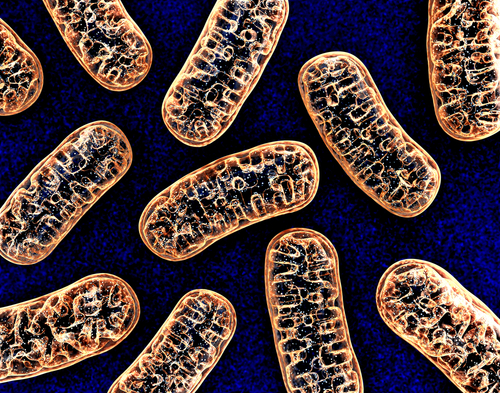UCLA Researchers Find New Link Between Damaged Mitochondria and Age-related Diseases

Researchers have found that a protein called Dpr1 helps cells destroy damaged mitochondria, improving the health and lifespan of middle-aged fruit flies.
David W. Walker, professor of integrative biology and physiology at the University of California Los Angeles, believes the findings by his team may eventually help scientists delay the onset of several age-related diseases in humans.
The study, “Promoting Drp1-mediated mitochondrial fission in midlife prolongs healthy lifespan of Drosophila melanogaster,” appeared in the journal Nature Communications.
Mitochondria tend to get damaged with age, and often accumulate in the brain, muscles and elsewhere. If cells cannot get rid of damaged mitochondria, these organelles can become toxic, leading to disease.
This new research study showed that as they age, mitochondria tend to change their normal shape, becoming longer and bigger. This may partly explain the inability of cells to destroy them.
“We think the fact that the mitochondria become larger and elongated impairs the cell’s ability to clear the damaged mitochondria,” Walker said in a UCLA news release. “And our research suggests dysfunctional mitochondria accumulate with age, rather than being discarded.”
Previous studies had shown that Drp1 levels decline with age, at least in flies and mice. In the current study — supported by the National Institute on Aging, a division of the National Institutes of Health – UCLA researchers showed that by promoting the expression of Drp1 in middle-aged flies, cells were able to discard damaged mitochondria, keeping only the healthy mitochondria. This made the flies healthier and more energetic, while prolonging their lives.
“It’s like we took middle-aged muscle tissue and rejuvenated it to youthful muscle,” said Walker. “We actually delayed age-related health decline. And seven days of intervention was sufficient to prolong their [the flies’] lives and enhance their health.”
Researchers found that besides Drp1, the Atg1 gene and the Mfn protein also help control the mitochondria aging mechanism. Cells need Atg1 to dispose of damaged mitochondria, while Mfn enables mitochondria to merge and promote Drp1 activity.
The team hopes its findings will spark new therapies that mimic Drp1’s effects, thereby slowing aging and delaying age-related diseases.






